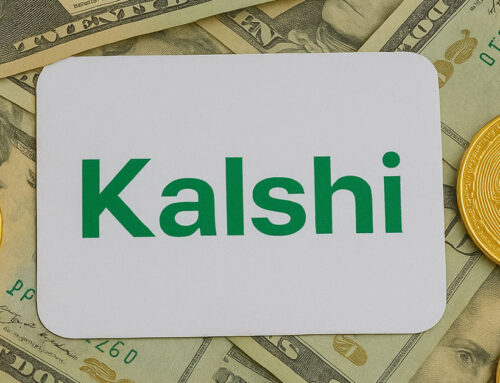Medical Cannabis Works Best for Neuropathic Pain
October 9, 2025
By Pat Anson
Medical cannabis is most effective for managing neuropathic pain, but doesn’t work as well for migraine, headache and acute pain, according to a new report that is one of the first to look at the efficacy of cannabis in treating different types of pain conditions.
The comprehensive report by Green Health Docs, a company that connects patients with licensed medical marijuana doctors, is based in part on a recent survey of 1,450 patients who use medical cannabis.
The vast majority (86%) of those surveyed reported moderate-to-significant pain improvement. Nearly 73% said they use cannabis daily and nearly 88% said it was a long-term option for their pain management.
The survey also found that many patients were able to reduce their use of opioids and other prescribed analgesics once they started using medical cannabis. Over a third (35%) stopped using all prescription pain medications, nearly 15% stopped some medications, and nearly 12% reduced the dosage or frequency. Only 18% reported no change in their use of pharmaceuticals.
Many respondents, especially seniors, also reported better sleep, appetite, mood, mobility and quality of life.
Researchers say medical cannabis works best for neuropathic pain, but further research is needed to demonstrate its effectiveness in treating other types of pain.
“One of the most important findings across cannabis research is that not all types of chronic pain respond equally to cannabinoid-based therapies,” the Green Health Docs report found.
“Neuropathic pain — caused by damage or dysfunction in the nervous system — is one of the most studied and responsive categories for cannabis treatment. Conditions such as diabetic neuropathy, postherpetic neuralgia, and multiple sclerosis-related pain fall into this category.”
The evidence is either mixed or lacking for cannabis relieving cancer-related pain and musculoskeletal pain, which includes back pain, arthritis, fibromyalgia, and pain involving bones, joints, and connective tissue.
Cannabis also appears to be less effective for headache or migraine pain, visceral pain in the internal organs, and surgical or acute pain.
“Taken together, these findings suggest that while medical cannabis is not a universal solution, it holds promise as a viable component of multimodal pain management—especially when other treatments prove inadequate or intolerable,” the report concluded.
38 states and Washington, D.C. have legalized medical marijuana, and “chronic pain” or “intractable pain” are two of the top qualifying conditions.
Many patients use different methods to consume medical cannabis. Tinctures, edibles and capsules are often used for steady symptom control; vapes and smoking provide faster relief from breakthrough pain; and patches and topical creams are popular for localized musculoskeletal pain.
The “entourage effect” is also an important consideration. Medical cannabis products seem to work best when they combine THC and other cannabinoids with terpenes and other compounds found in cannabis. This supports the use of full-spectrum cannabis for managing chronic pain.
Search
RECENT PRESS RELEASES
Related Post




